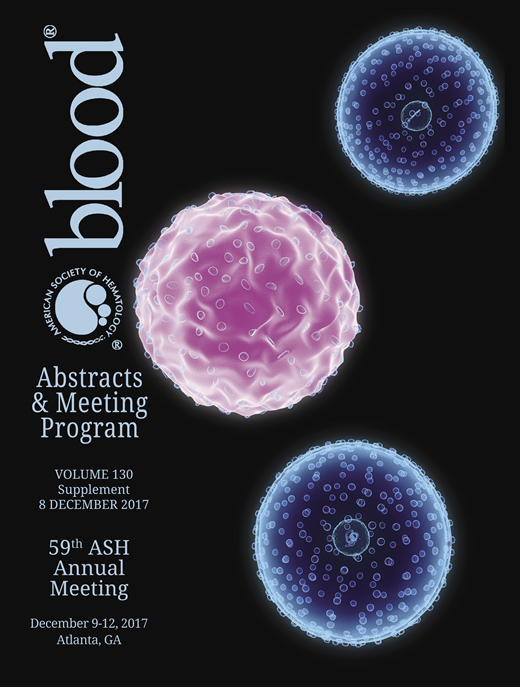Abstract
Telomeres are nucleotide repeats at the ends of the chromosomes that function as protective caps to prevent erosion of genomic DNA during cell division. With each mitotic division, telomeric DNA becomes shorter and at a critically short length, cells become senescent or undergo apoptosis. Idiopathic aplastic anemia (AA) is a bone marrow failure disorder characterized by peripheral blood pancytopenia and bone marrow aplasia. Studies have shown that 30-50% of patients with aplastic anaemia will have short telomeres and these short telomeres are associated with relapse, clonal evolution and poor survival following immunosuppressive therapy. We analysed the telomere length in patients with aplastic anaemia from a single centre in India.
.
Method
We analysed telomere length in patients with aplastic anaemia [either newly diagnosed or those who underwent haematopoietic stem cell transplantation (HSCT) between 2001 and 2017]. This was compared with healthy controls which included healthy donors for HSCT and age matched healthy subjects. Clinical parameters were documented in a standard format. DNA from patients with AA and healthy controls was extracted. Telomere length (TL) was measured using quantitative real-time PCR (qPCR) using relative quantitation method. Analysis was carried out using SPSS software.
Results
Two hundred and fifty three patients with AA were included in this analysis and was compared with 328 healthy controls. This included 45 patients with non-severe aplastic anaemia [NSAA] [18%), 159 with severe aplastic anaemia [SAA] (64%) and 46 with very severe aplastic anaemia [VSAA] (18%). The clinical and demographic details are tabulated in the Table.1. The TL was significantly shorter in AA patients as compared to healthy controls [0.78 (Range: 0.07 - 4.08) and 1.59 (range: 0.19 - 11.59); p=0.000]. The median TL was 1.02; 67% of AA patients had shorter telomeres (n=169/253). The TL was not influenced by gender (p=0.186). In AA patients, there was no correlation between age and TL whereas it had a significant negative correlation with age in the healthy controls (r=-0.474, p=0.000). In 62 AA subjects, a paired BM sample was also available. A significant positive correlation was observed between the PBTL and BMTL (r=0.399, p=0.001). There was no significant association seen between the severity of AA and TL.
Discussion
Telomere length was significantly shorter in patients with aplastic anemia. An age related decrease in TL was noted in healthy subjects but not in patients with AA. The TL did not differ significantly in the subtypes of AA
Srivastava: Bayer Healthcare, Shire, Novo Nordisk, Roche Genentech, LFB: Other: Educational grants / Advisory Board / Grants Review / Data Monitoring Committee, Research Funding.
Author notes
Asterisk with author names denotes non-ASH members.


